Peak performance: Automobiles Alpine unveils the SportX
Three years after Automobiles Alpine's revival, we catch up with the brand's chief design officer, Antony Villain, to learn about its future plans
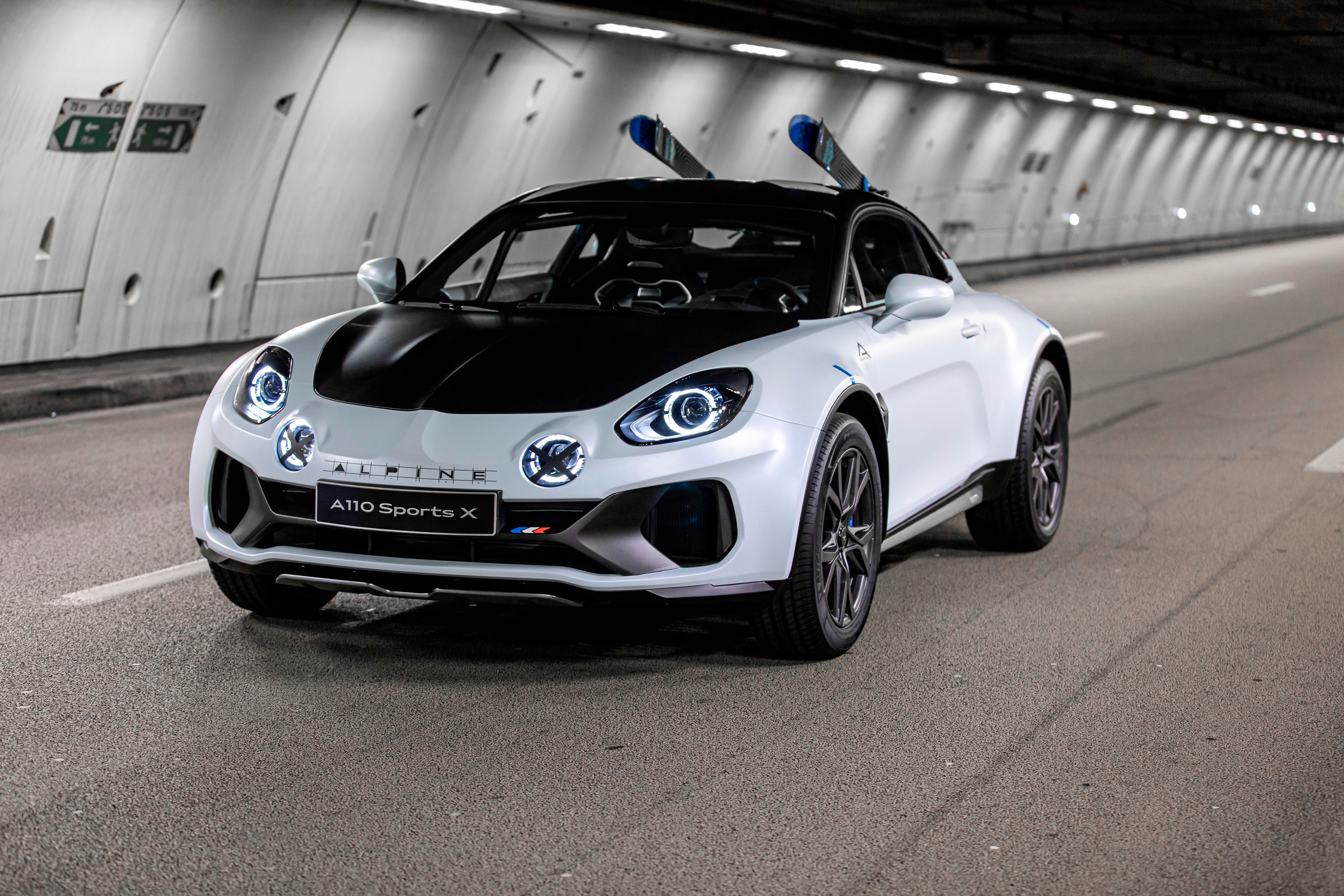
Automobiles Alpine is one of the quiet success stories of the modern motor industry, a name revived by Renault in 2017 after many years of dormancy. The car that brought the brand back is the Alpine A110, a lightweight two-seater sports car that received huge acclaim from the outset for its elegant design, mechanical simplicity and beautiful balance. Alpine has since built on this promising start with special edition versions of the A110, as well as tease other ideas for future products. We spoke to Alpine Chief Design Officer Antony Villain about how the brand is growing up.
‘I started working on Alpine back in 2012, so I’m one of the oldest members of the team,’ says Villain, ‘when we started, we dived deeply into the story to understand the mindset of the brand. I knew about the original Alpines, of course, but not about the people that made them.’ The French designer certainly did his homework. ‘I took the time to re-draw and sketch all the cars that Alpine made so I could understand their DNA. I also met some old hands from Alpine, including engineers and rally drivers. I wanted to understand their philosophy. They were quite modest people, but they definitely knew their work was important.’
Villain describes the early days of Alpine as very ‘hands-on’. Together with his design team, he initiated a workshop around the extensive collection of original Alpine road and race cars held by the son of the marque’s founder, the late Jean Rédélé. ‘We had to divine the shape of the car,’ he says, recalling how the designers took giant pieces of paper and used China ink and brushes – ‘we were sketching the form of the car in just a minute.’ ‘This was one of the core moments for the brand,' he continues, ‘we drew, took pictures, sat in the cars, started them up.’
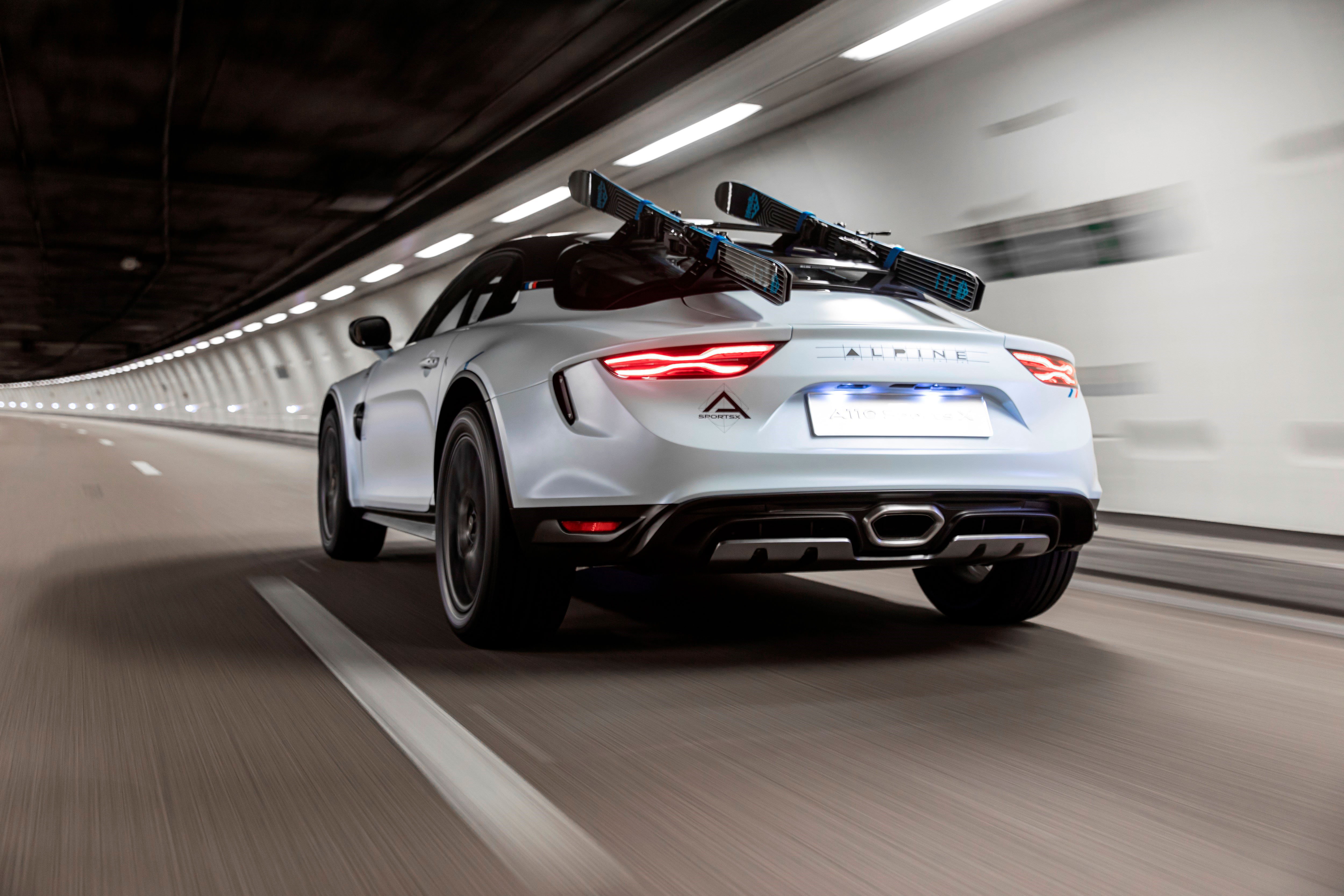
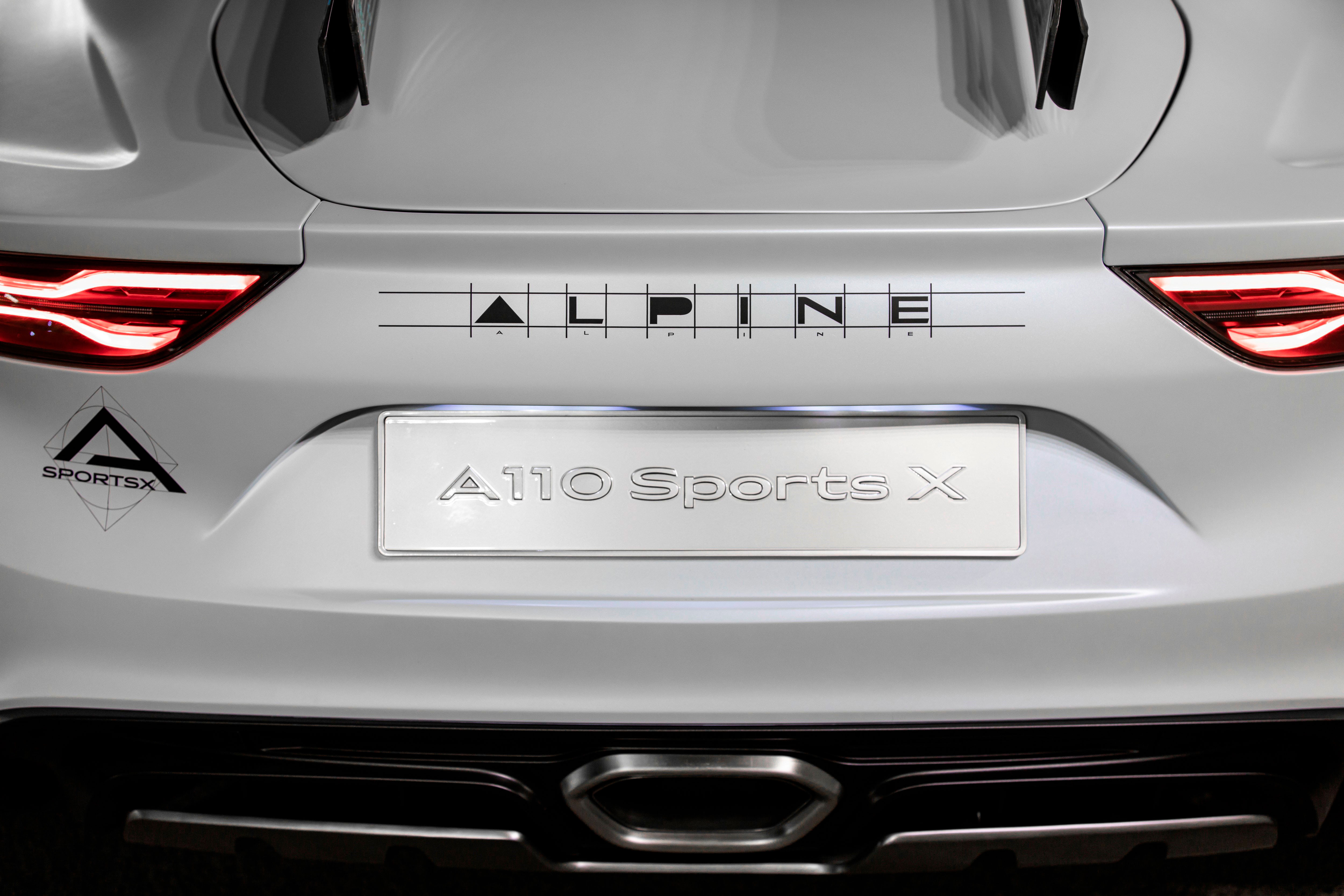
Part of that early work was to push the boundaries. ‘Right back at the beginning, when we started designing the 110, there was a suggestion of doing a lifted version. We’re very close to our engineering team and one of the test drivers had suggested a lifted Alpine with bigger wheels and higher ground clearance. First we modelled it digitally and then we built a prototype version, which was essentially a mule test car. It was very rough and basic.’
The legacy original Alpine was a great competition car, having particular success in early 70s rallying, including victories at Monte Carlo. Villain and his team worked alongside Alpine’s engineers to create a fully functional crossover special, with jacked up suspension, new bumpers, wider wheel arches and interior roll bars. Describing it as a ‘custom car’, Villain says that the one-off special proceeded to sit in the workshop for a couple of years, before it eventually caught the eye of a new manager, who insisted it go on display.
Renamed the Alpine Sport X, the custom job was tidied up, repainted in a white and matt black colour scheme, and accessorized with graphics and a set of skis. The Sport X made its public debut in January this year, making that nod to Alpine’s rallying heritage more explicit while also bringing the brand to the attention of new customers. ‘It’s a generational thing,’ says Villain, noting that customers have shown an interest and that other manufacturers are also dipping a toe into this esoteric niche of car design. Two specialist Porsche tuners, RUF and Gemballa, recently showed the Rodeo Concept and the Avalanche 4x4 respectively, jacked-up custom-built 911 variants.
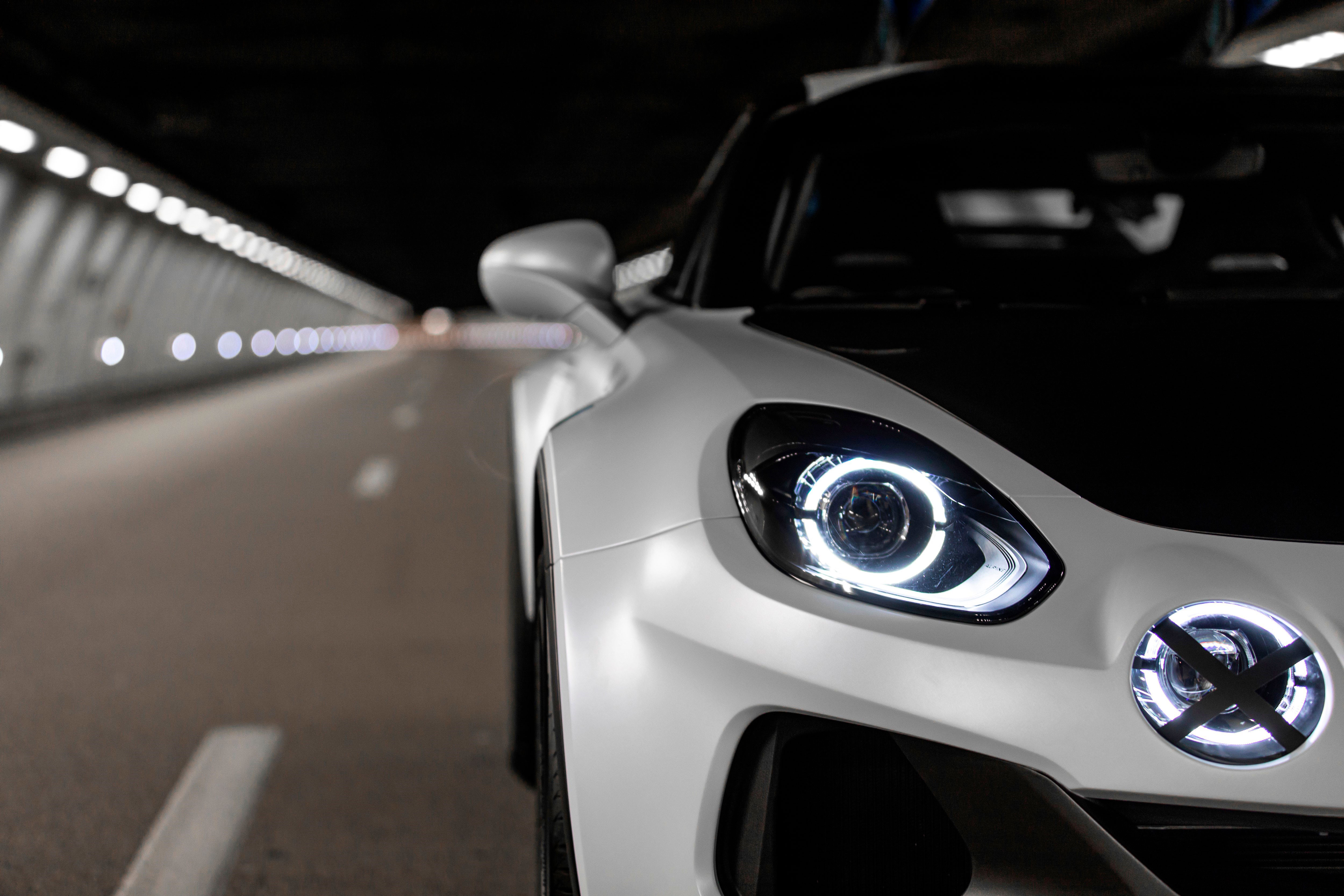
Ultimately, however, it was all about maintaining the Alpine ethos. ‘Our mindset was to extend the agility and driving feel of the A110 into new places, not just on a track, but on muddy roads, or snow, or even rallying. You get the same A110 experience but in other playgrounds,’ the designer says, admitting that Alpine is on a mission to grow its reach. ‘When we launched, we quickly reached our core customers, the people who had been waiting for this car. Many of these people were in France, but now we must extend our footprint. We’ve won awards and have received a lot of fantastic press. But some car enthusiasts still don’t know the brand at all. Although there are no limits to what we can do, it’s important to stay very simple and easy to read.’
Alpine will always be a niche brand for the discerning driver but catering exclusively to track-focused aficionados can't sustain the brand. Hence the need to emphasize their individual approach. ‘It's not just about performance,' Villain says. It's clear that catering to many and varied niche interests is how a small company stays relevant in a difficult age.
INFORMATION
Wallpaper* Newsletter
Receive our daily digest of inspiration, escapism and design stories from around the world direct to your inbox.
Jonathan Bell has written for Wallpaper* magazine since 1999, covering everything from architecture and transport design to books, tech and graphic design. He is now the magazine’s Transport and Technology Editor. Jonathan has written and edited 15 books, including Concept Car Design, 21st Century House, and The New Modern House. He is also the host of Wallpaper’s first podcast.
-
 Mercedes-Benz previews its next-gen people mover with an ultra-luxury EV concept
Mercedes-Benz previews its next-gen people mover with an ultra-luxury EV conceptThe Mercedes-Benz Vision V Concept is an art deco picture palace on wheels, designed to immerse passengers in parallel worlds as they travel
By Jonathan Bell
-
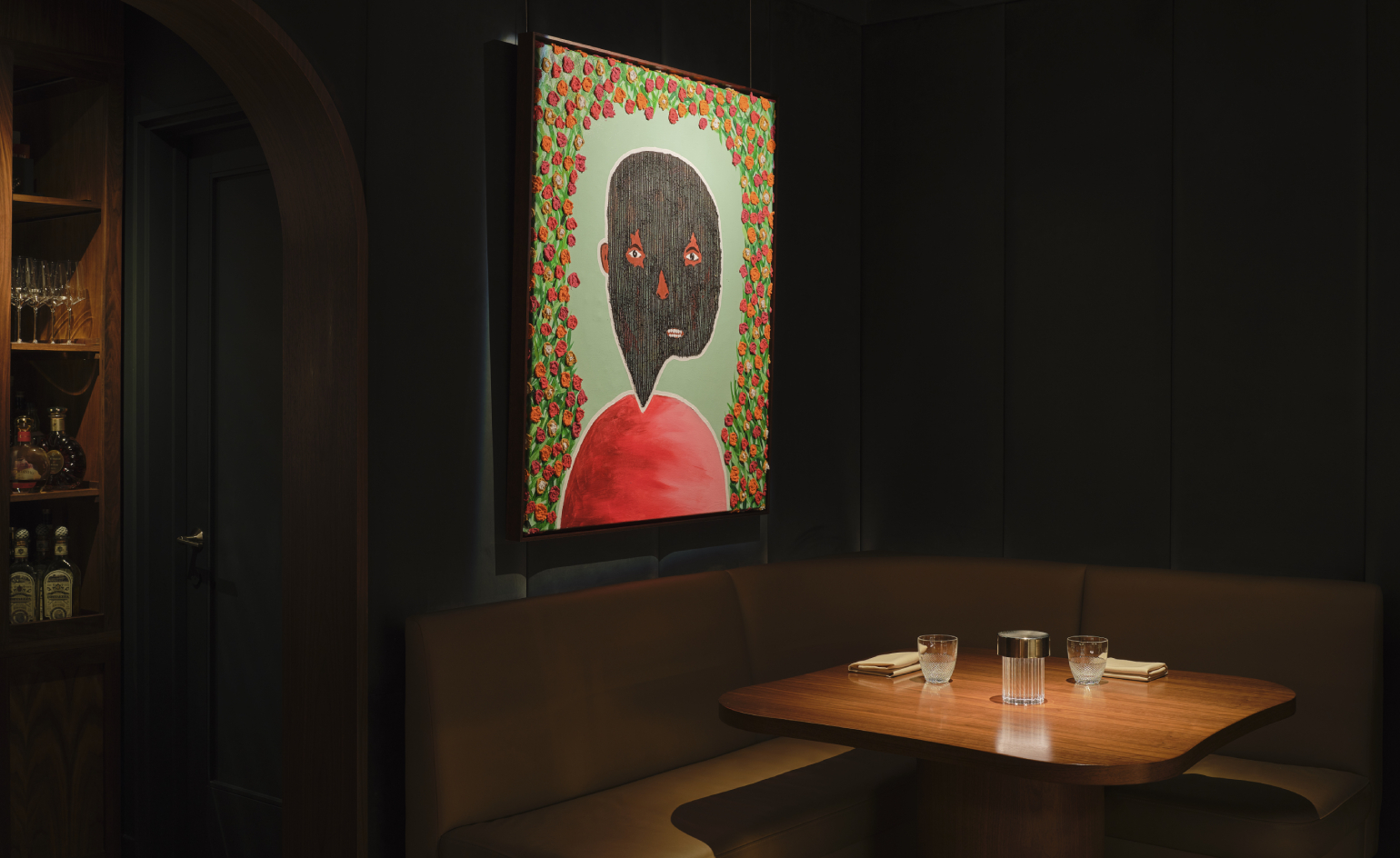 Visit this Michelin-star New York restaurant that doubles as an art gallery
Visit this Michelin-star New York restaurant that doubles as an art galleryArtist Mr.StarCity is exhibiting his emotionally charged yet optimistic ‘Bloomers’ portrait series at Frevo, a Greenwich Village hidden haunt
By Adrian Madlener
-
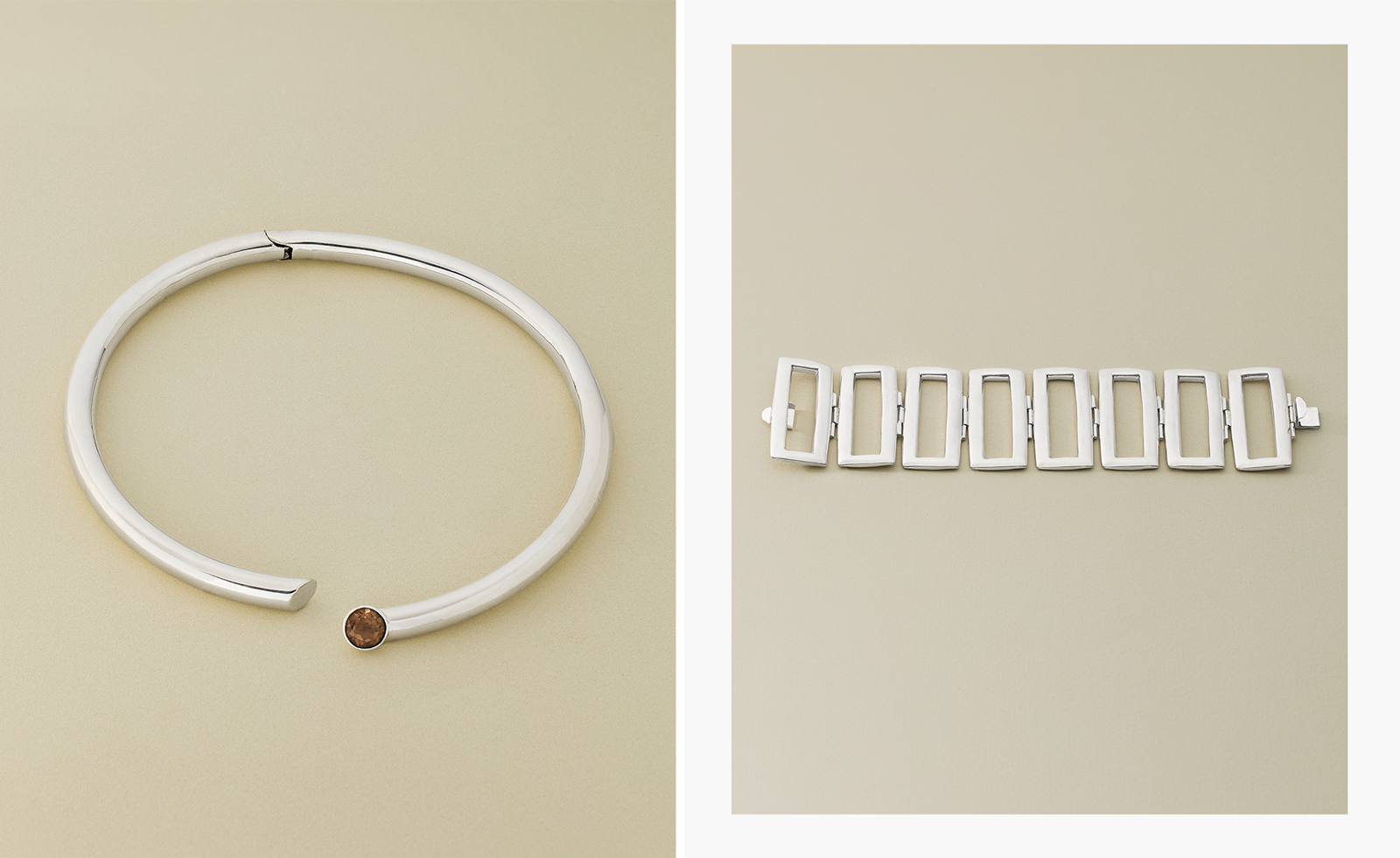 Nina Runsdorf brings classic jewellery back to life to mark 20 years
Nina Runsdorf brings classic jewellery back to life to mark 20 yearsNew York-based jewellery designer Nina Runsdorf celebrates her eponymous brand’s anniversary with a new jewellery collection, ‘Archive’
By Hannah Silver
-
 Peugeot’s sparky 308 gets hybrid power and handsome lines
Peugeot’s sparky 308 gets hybrid power and handsome linesThe Peugeot 308 proves that mass-market design needn’t be dull, blending hybrid power with sharp lines and excellent detailing
By Jonathan Bell
-
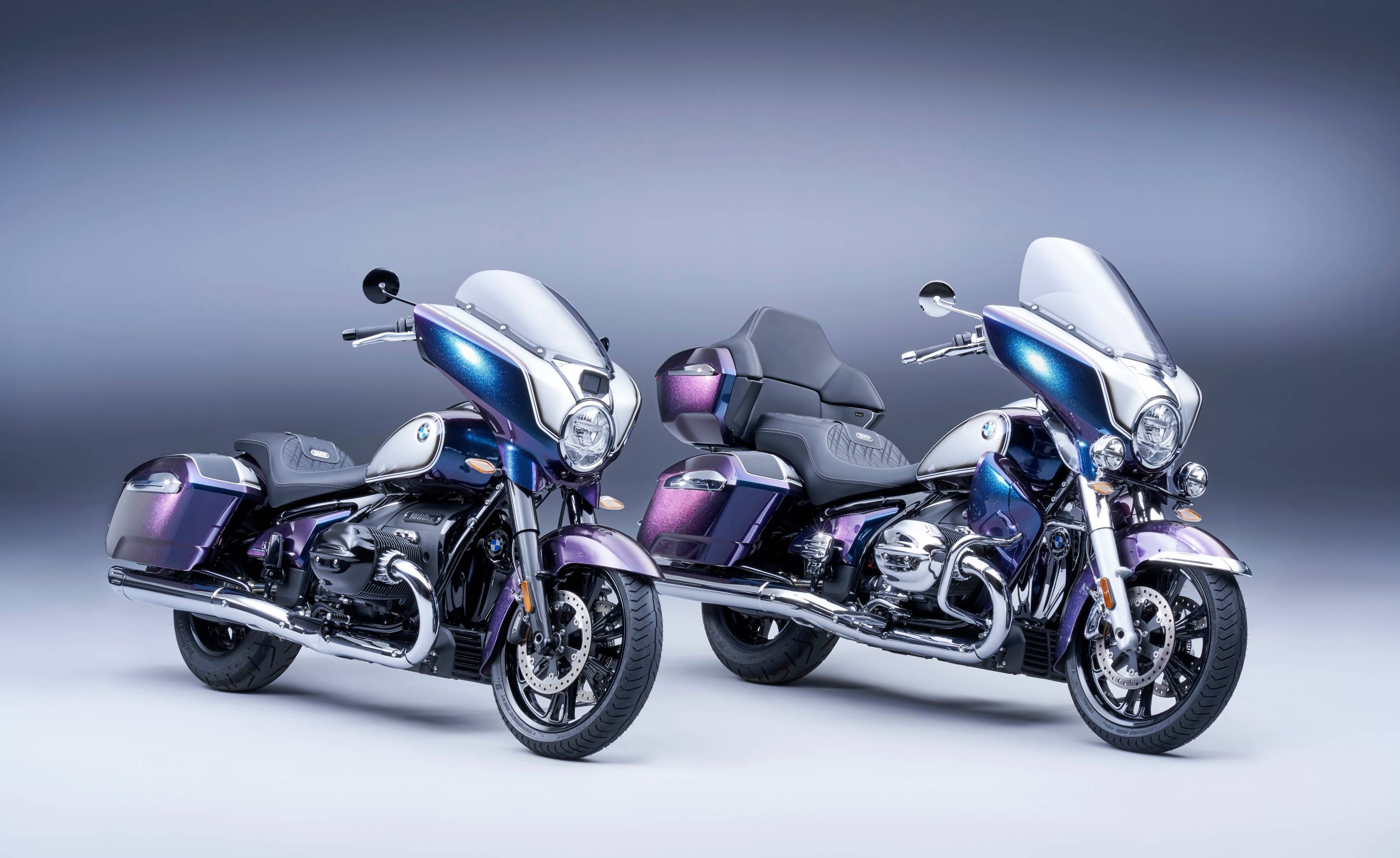 BMW Motorrad brings out the big guns for its newest cruisers
BMW Motorrad brings out the big guns for its newest cruisersBMW Motorrad R 18 Bagger and Transcontinental set the tone for high-voltage cruising with a brand collaboration with speaker specialist Marshall
By George Chapman
-
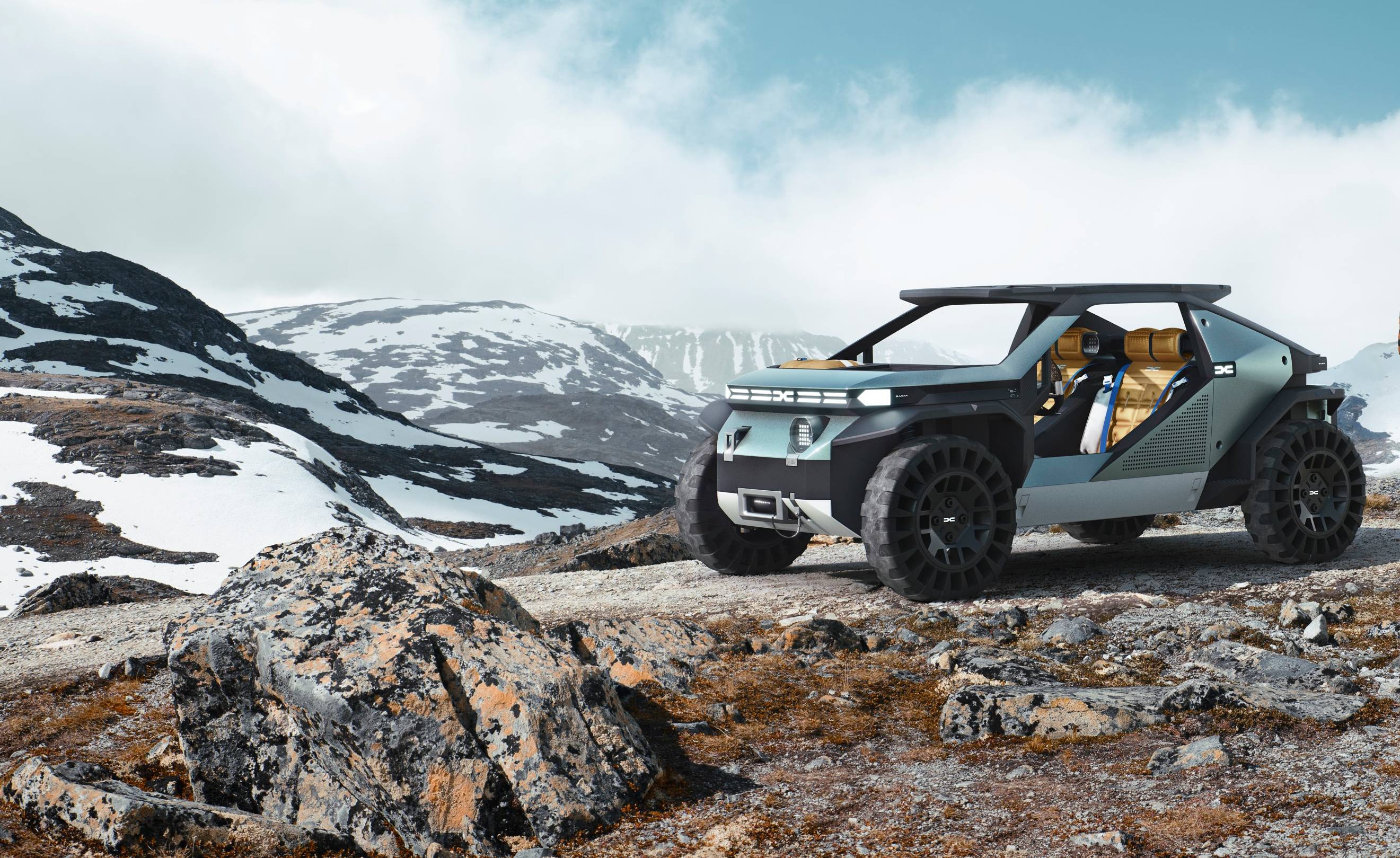 Dacia’s new Manifesto concept is a true outdoor utility vehicle
Dacia’s new Manifesto concept is a true outdoor utility vehicleUtilitarian auto brand Dacia sets a bold new agenda with its Manifesto, a concept car pitched at the active outdoor market
By Jonathan Bell
-
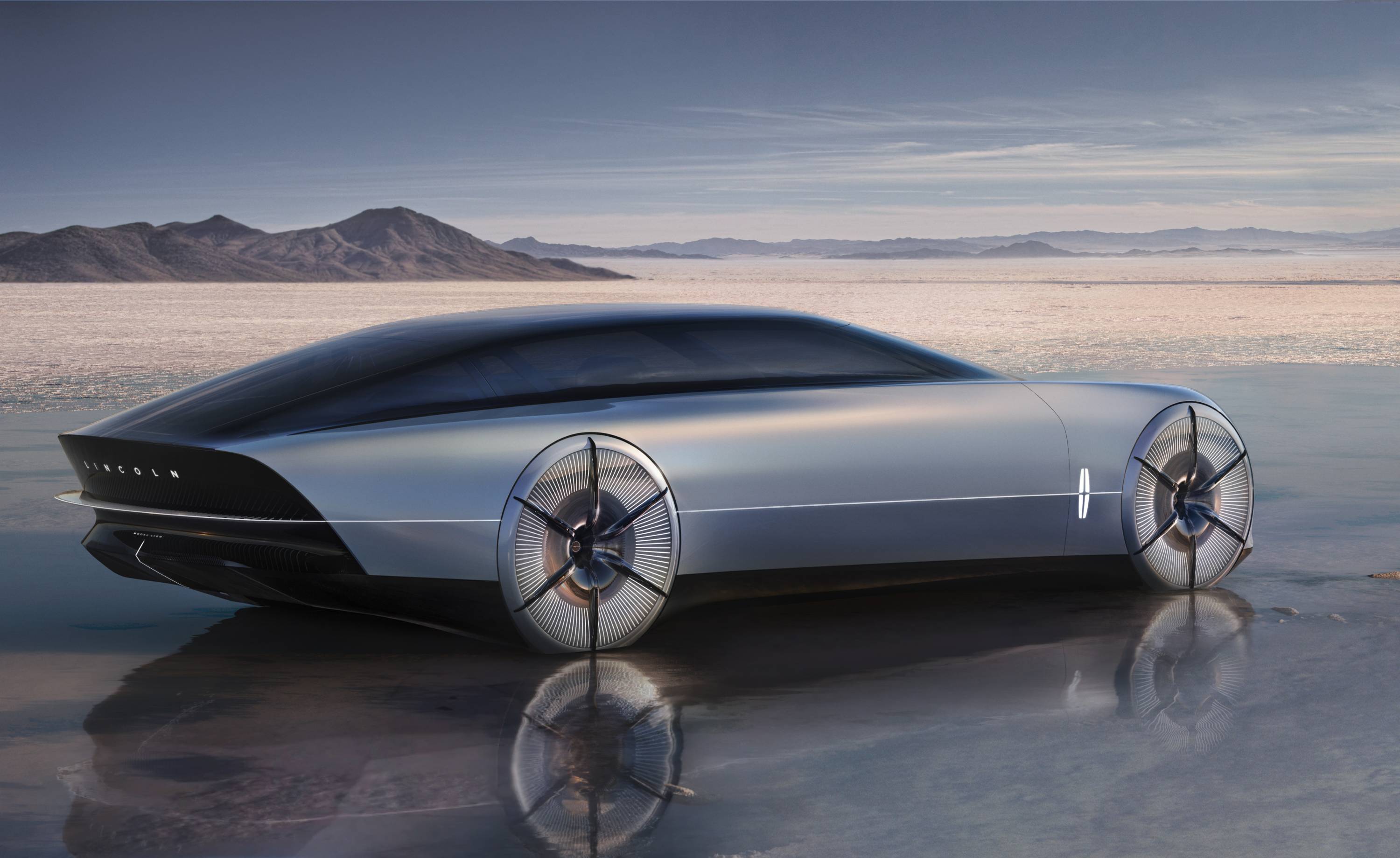 The sun sets on traditional supercars at California’s Monterey Car Week
The sun sets on traditional supercars at California’s Monterey Car WeekMonterey Car Week, the world’s most prestigious car gathering, is showcasing ever-more extravagant special editions, coachbuilt cars and all-new electric concepts. Here are seven key machines from 2022
By Rory FH Smith
-
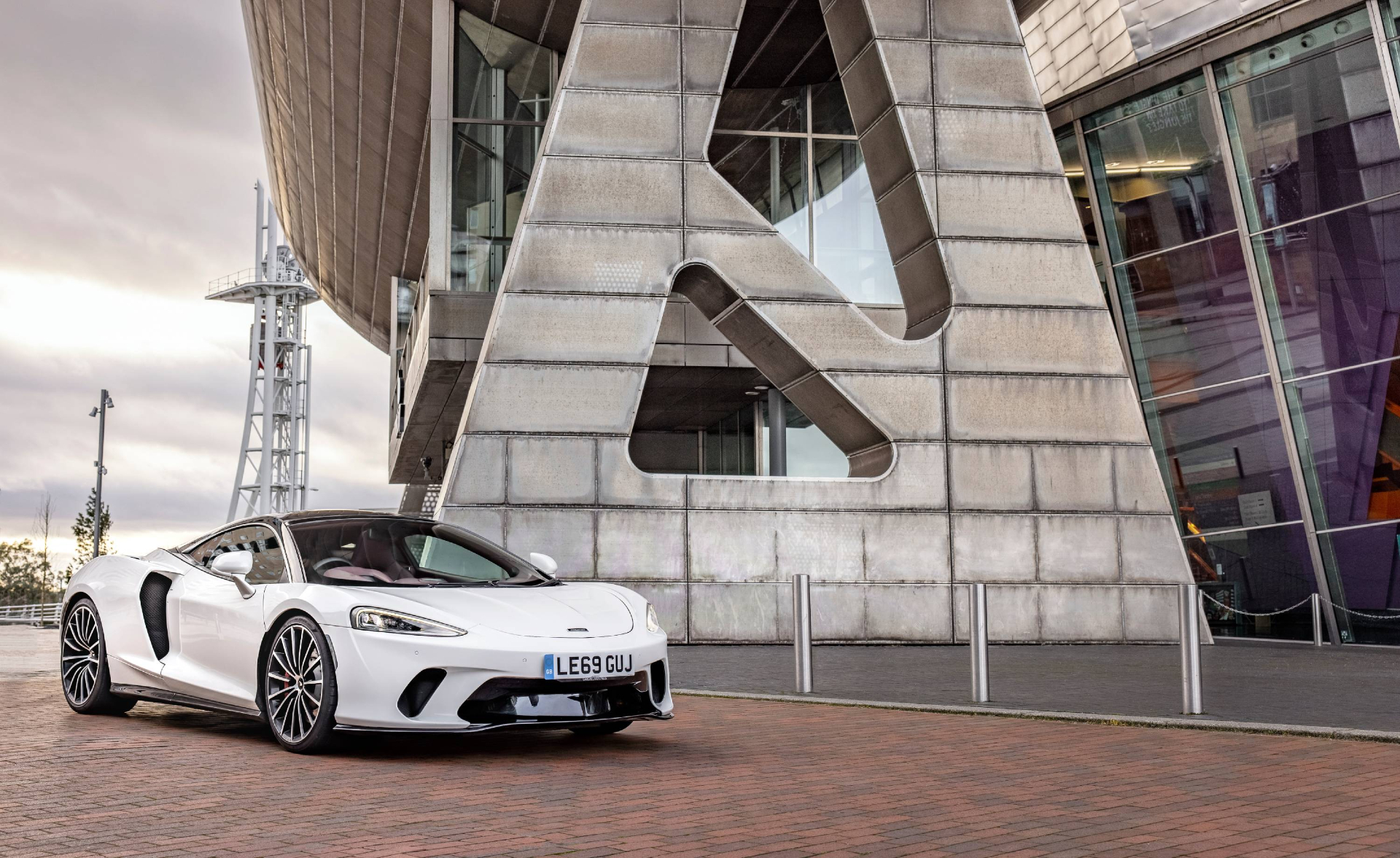 Is McLaren’s GT a sports car, a tourer, or the best of both?
Is McLaren’s GT a sports car, a tourer, or the best of both?The McLaren GT is a capable all-rounder dressed up in svelte supercar clothes. It might also be the last of its type
By Jonathan Bell
-
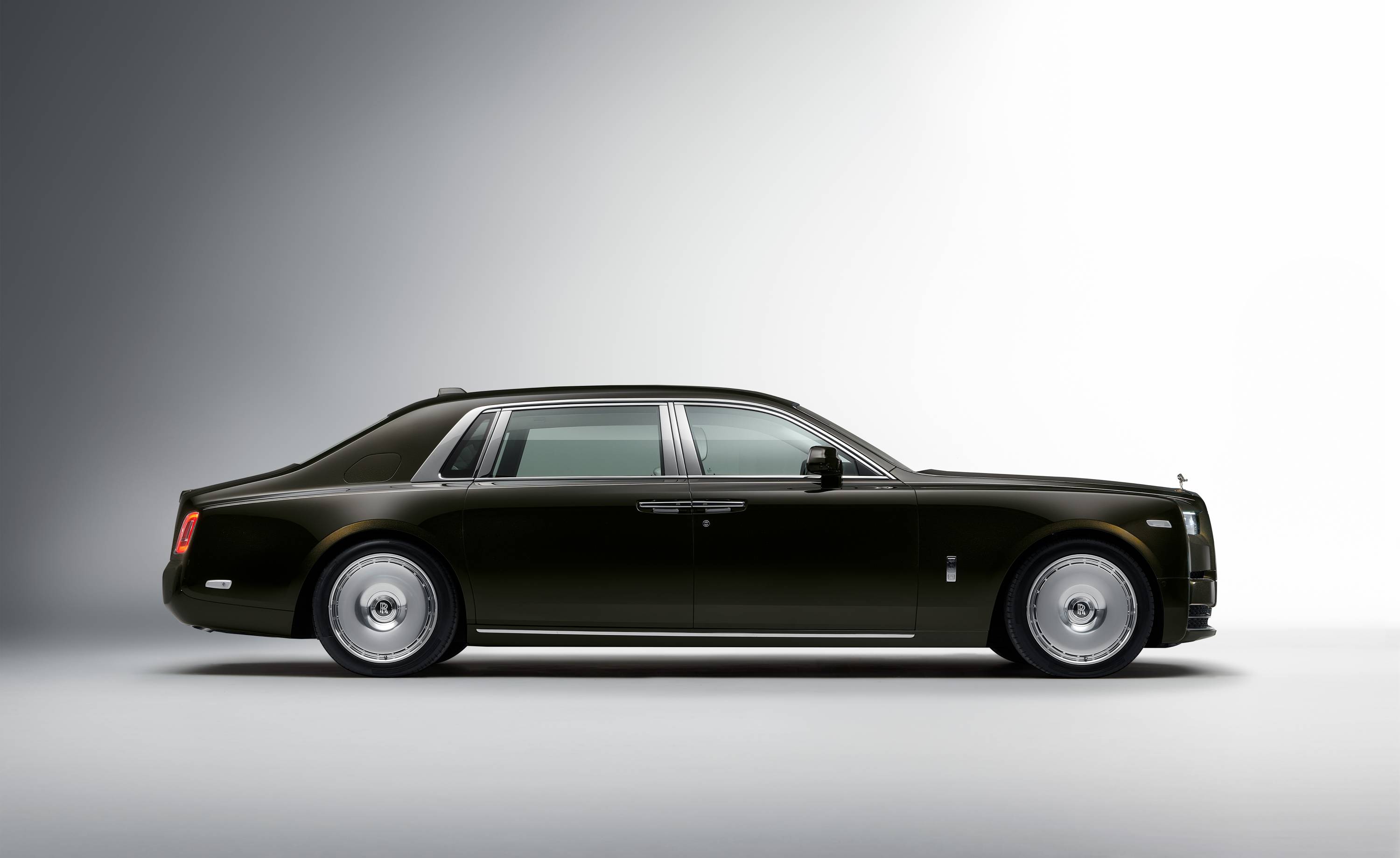 Rolls-Royce puts the Phantom back on its lofty pedestal
Rolls-Royce puts the Phantom back on its lofty pedestalA mid-life refresh ensures the flagship Rolls-Royce Phantom Series II is at the top of its game, a last hurrah for traditional engines before an electrified future
By Jonathan Bell
-
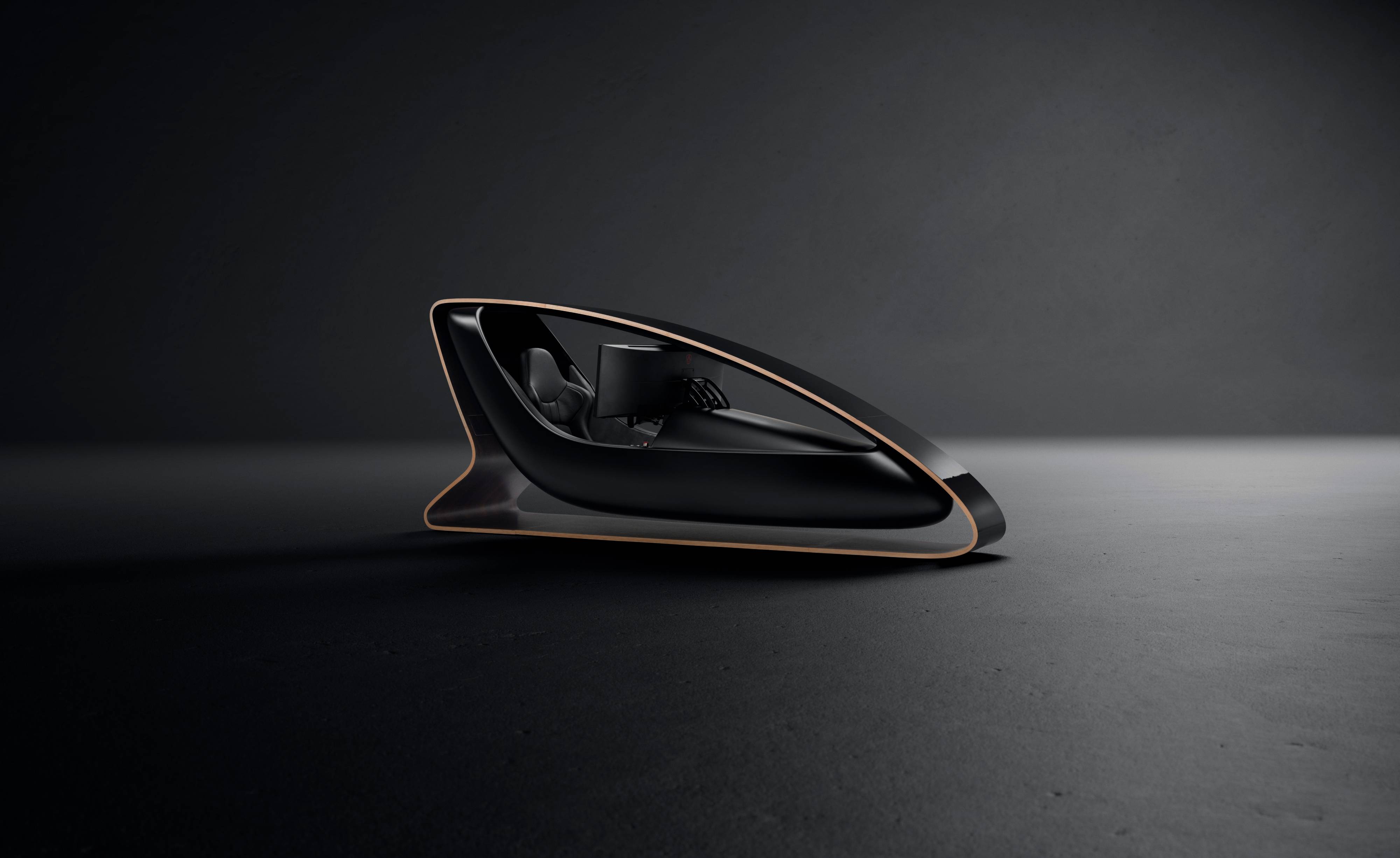 Prodrive’s new racing simulator is shaped by Callum to be front of the grid
Prodrive’s new racing simulator is shaped by Callum to be front of the gridThe racing simulator shapes up – this new design from Prodrive and Callum is honed for the high-end games room
By Jonathan Bell
-
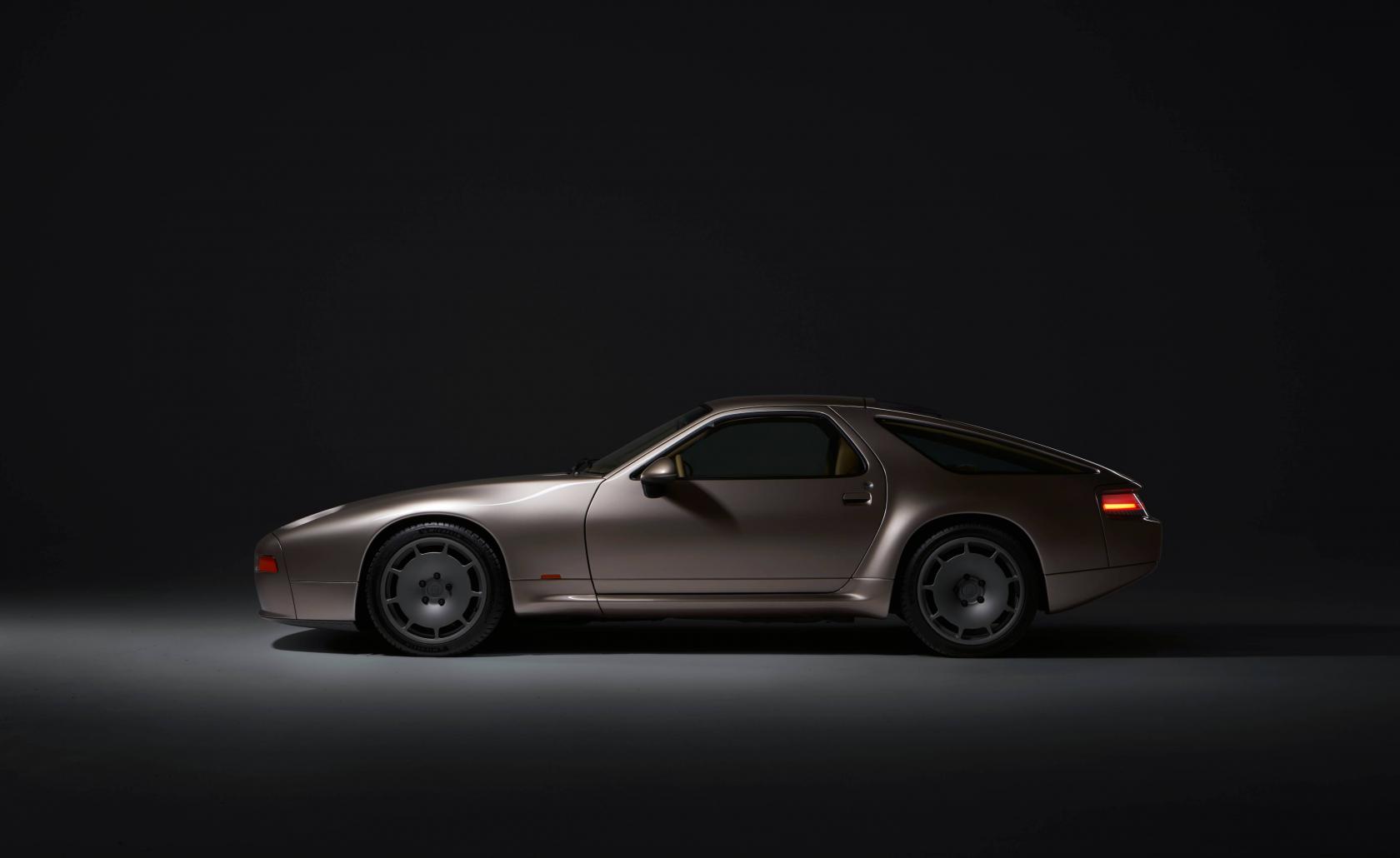 928 by Nardone Automotive: a restomod Porsche with Gallic verve and Italian style
928 by Nardone Automotive: a restomod Porsche with Gallic verve and Italian style928 by Nardone Automotive is a gracefully modernised version of Porsche’s endearingly different 928
By Jonathan Bell